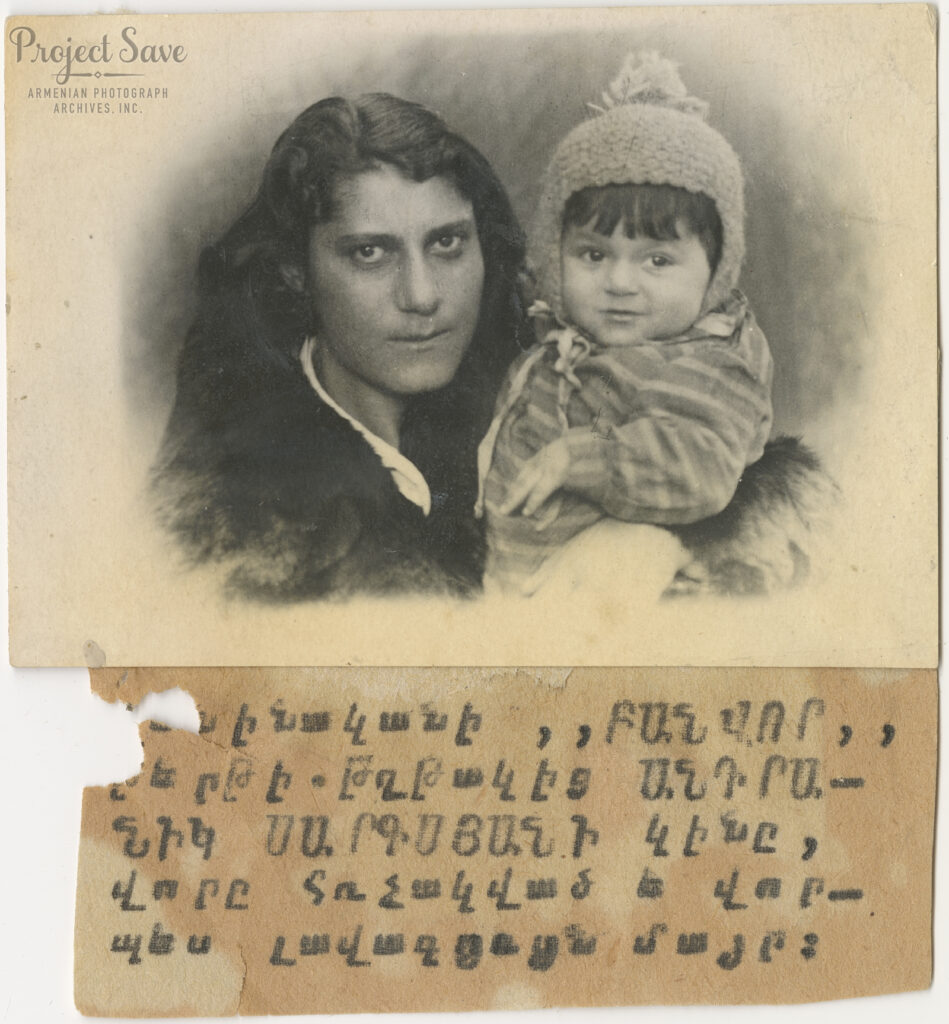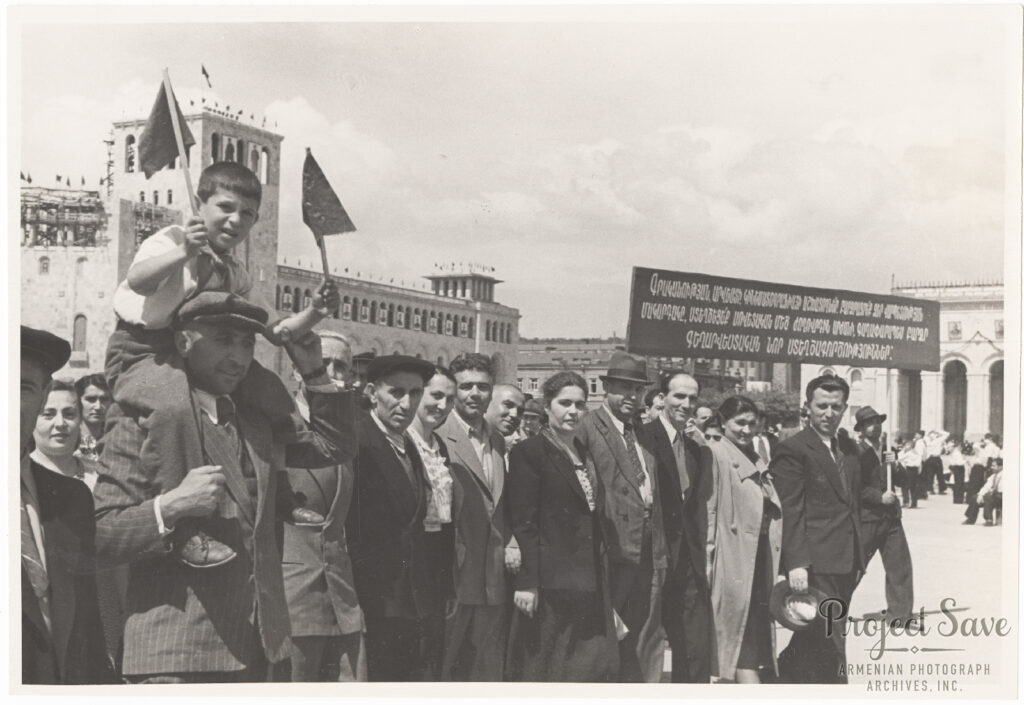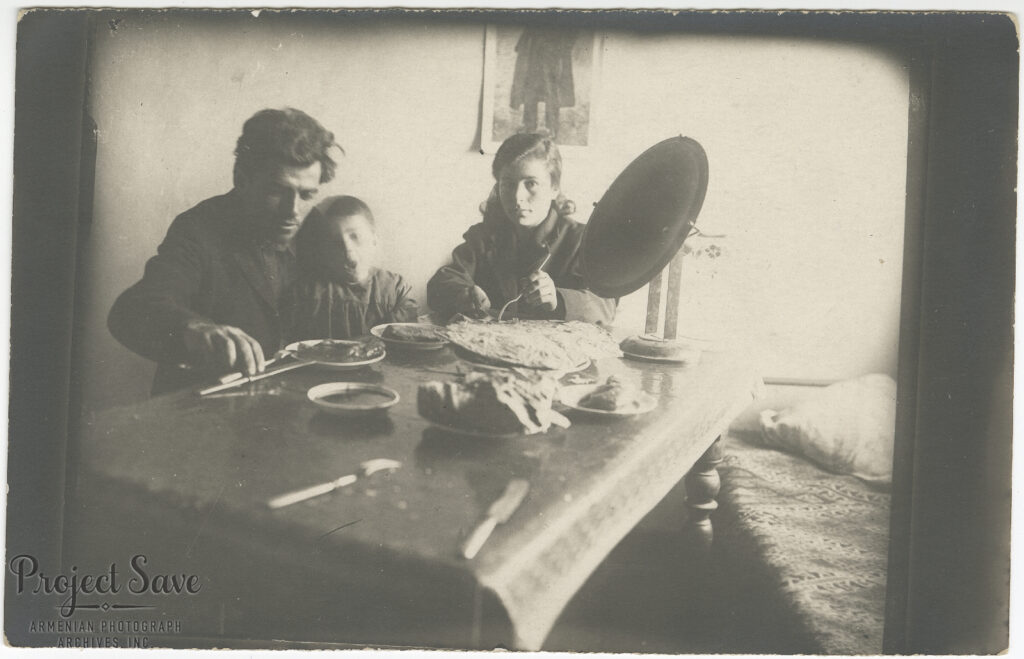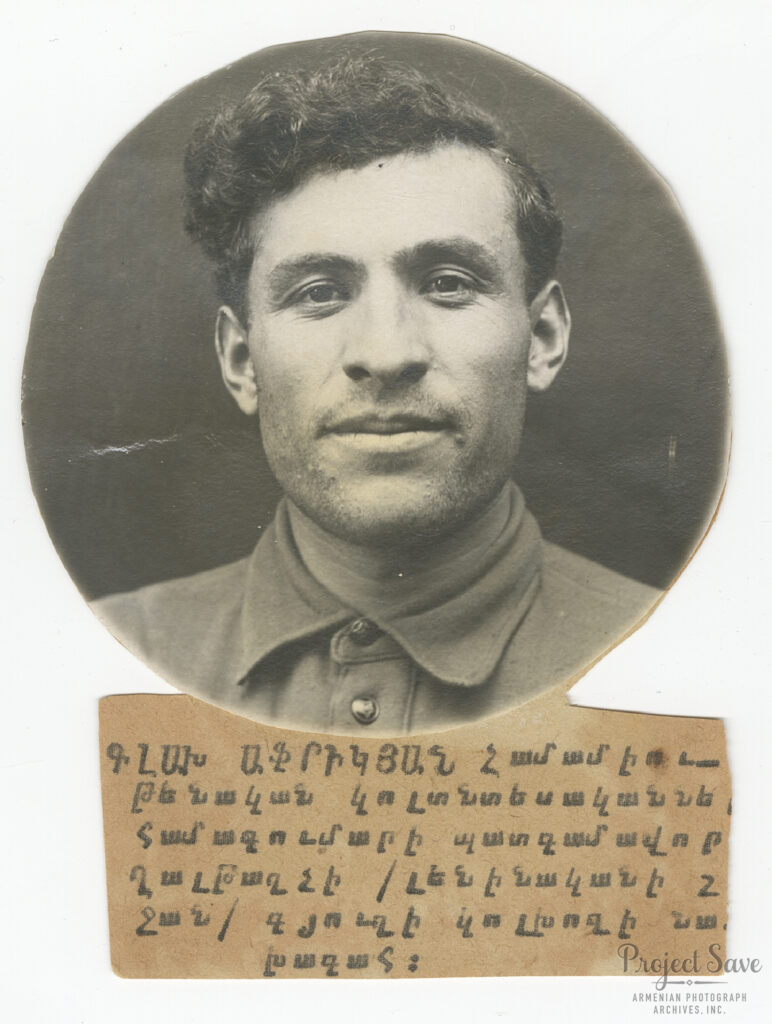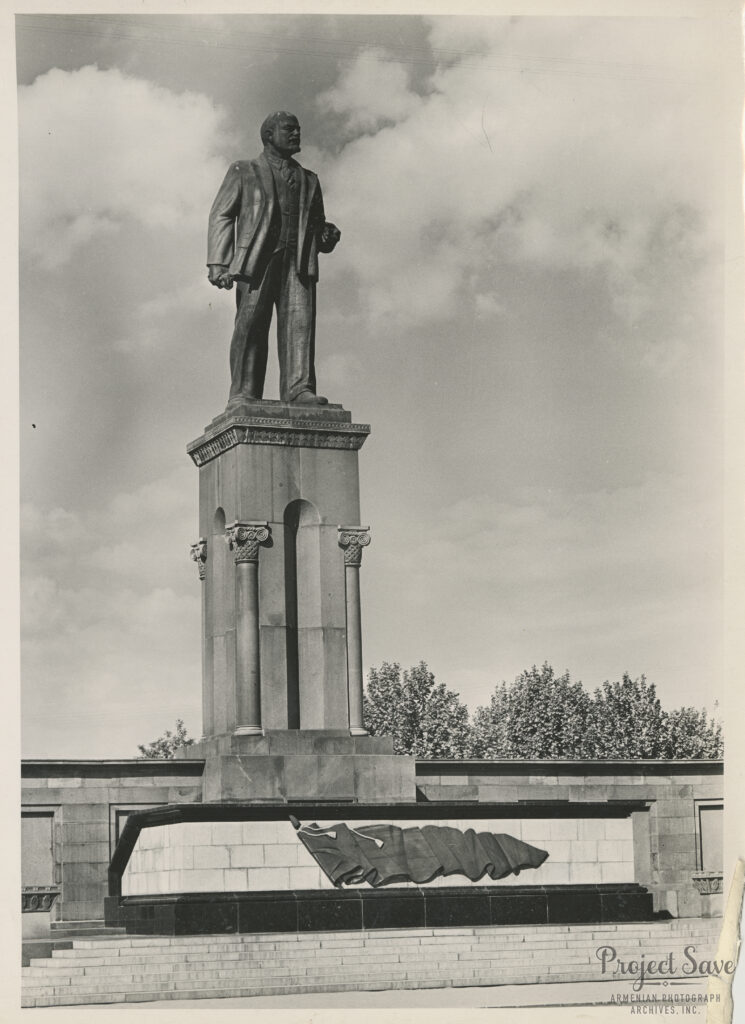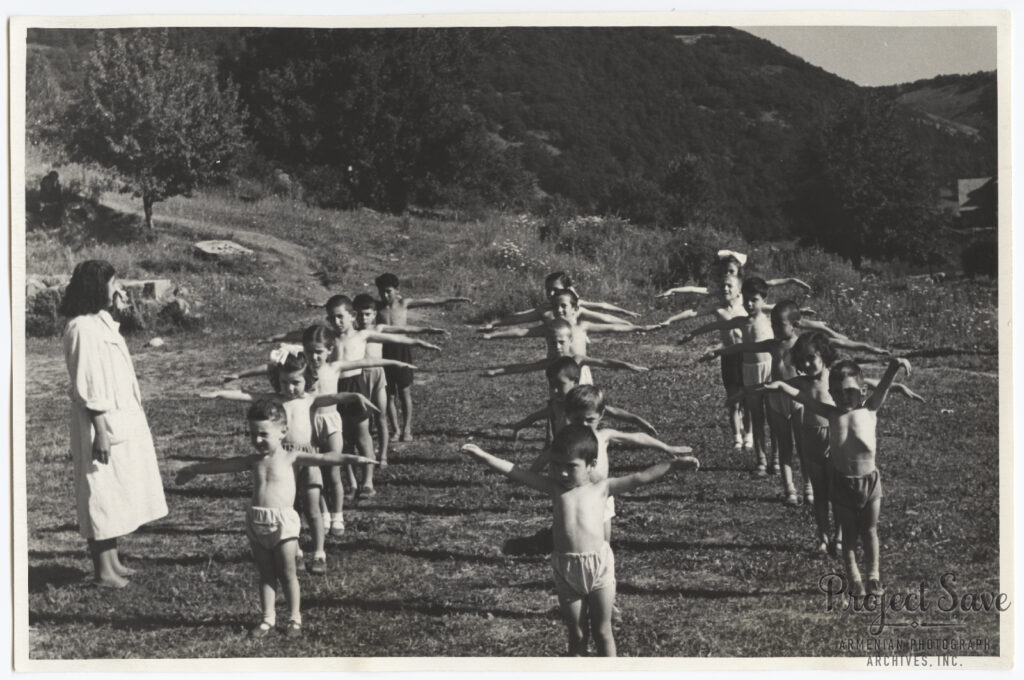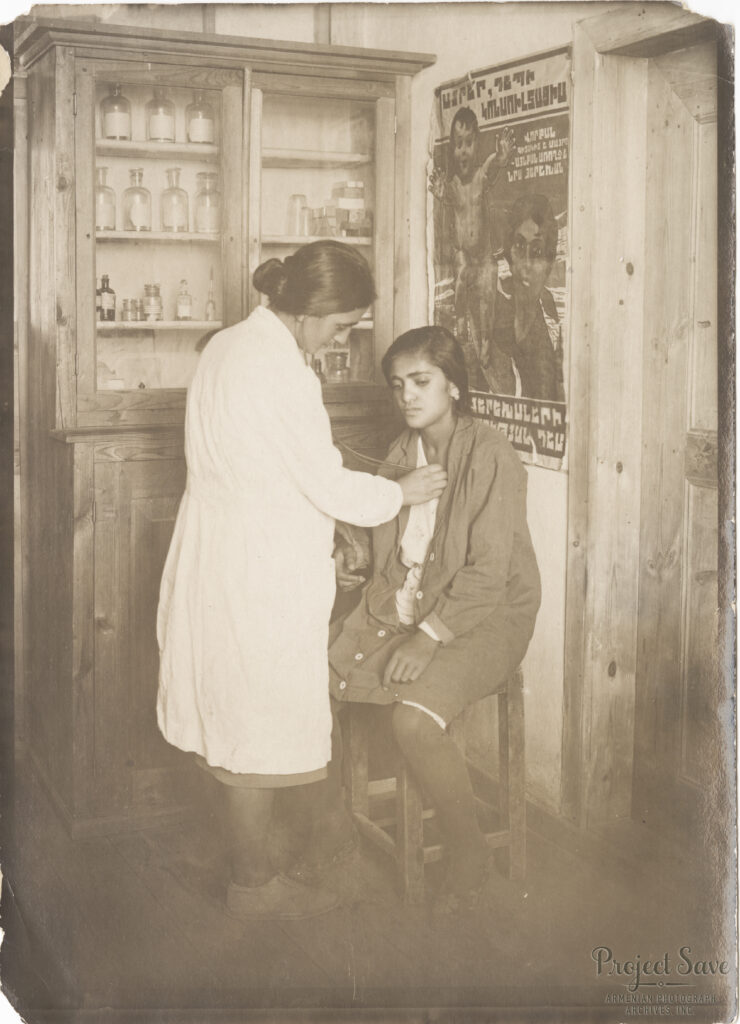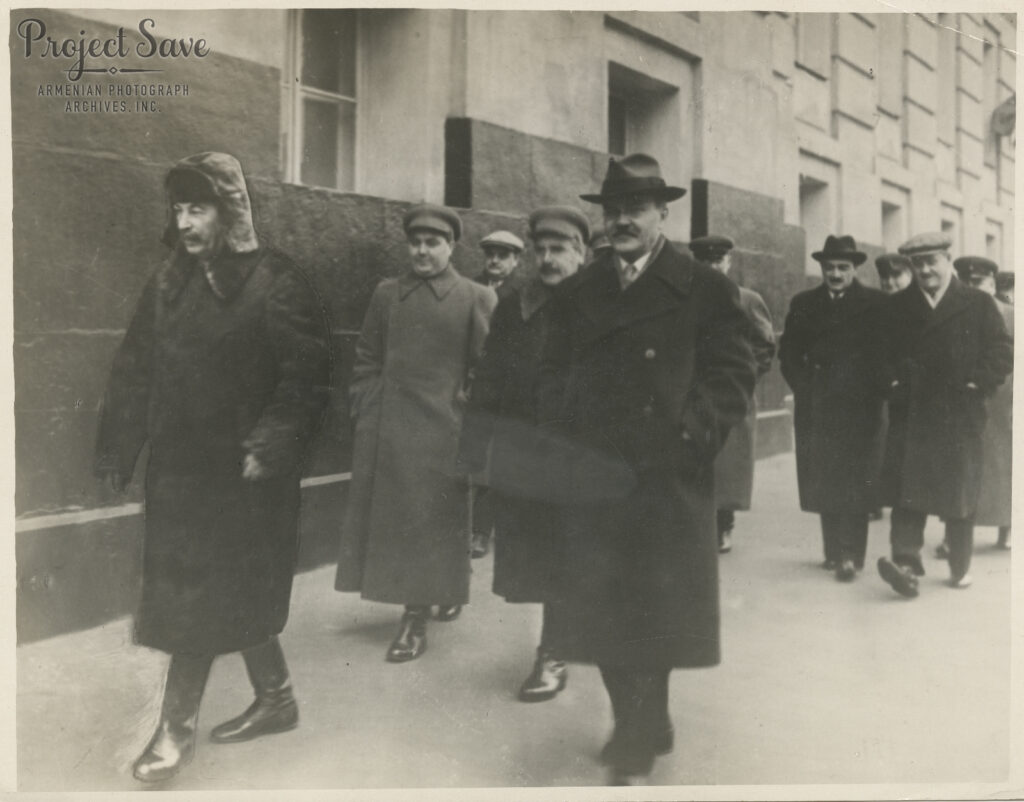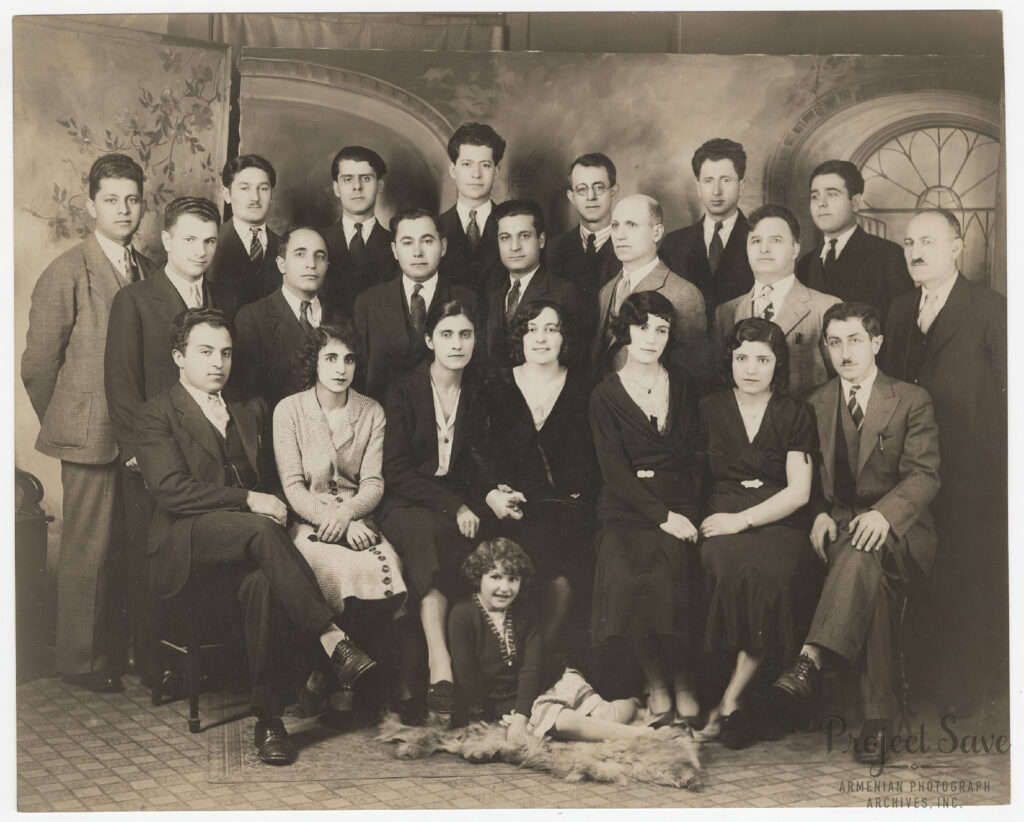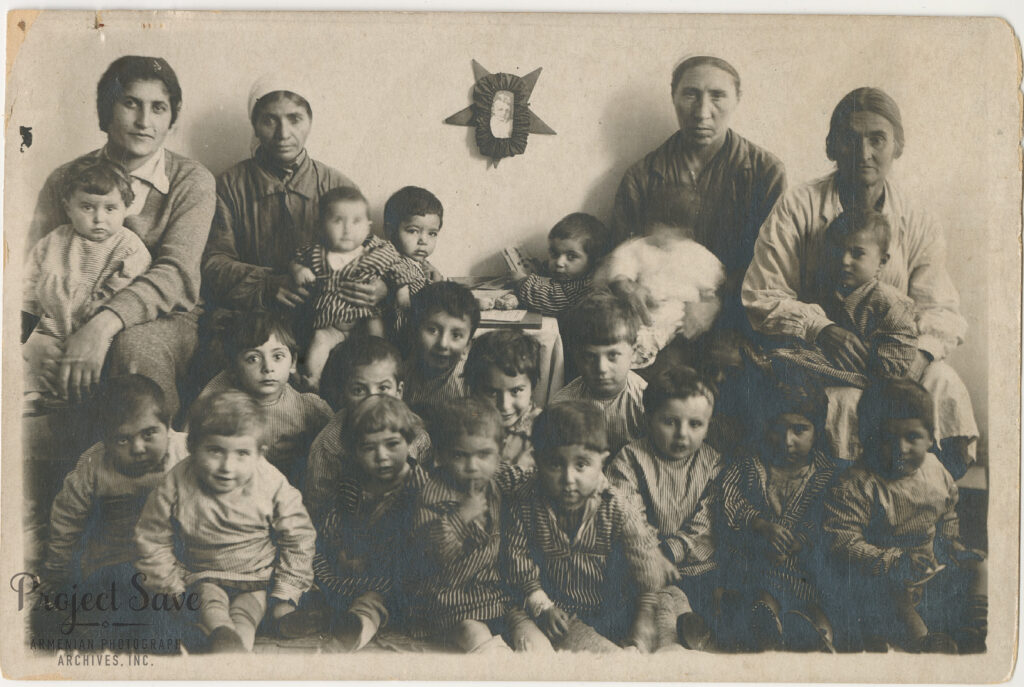This series contains portraits of individual factory workers, construction of factory buildings, workers’ housing, and workers at their machines. Workers in factories manufacturing items such as: textiles, metals, tobacco, cheese, barrels, shoes and other leather goods, meat-processing, rubbers, lumber, wine, clocks/watches, and canning products. Photographs also show labor that was presumably subbotnik: compulsory ‘volunteer’ labor, and work being performed in correctional facilities.
There are a large number of individual portraits of workers that appear to have been published in workers’ newsletters or pamphlets. Portraits are identified by position- such as ‘comrade’ or identified by name, or are not identified at all.
Some are portraits taken in recognition of awards for high productivity, such as ‘best mother’ or Stakhanovite. “Stakhanovian” refers to the Stakhanovite movement – a campaign intended to increase worker productivity and to demonstrate the superiority of the socialist economic system. The movement was named after Alexey Grigoryevich Stakhanov, a Soviet and Russian miner, who set a productivity record in 1935 during his mining shift. Stakhanov’s records set an example throughout the country and gave birth to the Stakhanovite movement, where workers who exceeded production targets could become “Stakhanovites.”
Photographs also show the construction of housing for workers, workers in their dormitories or homes, relaxing and having mealtime. Workers are also shown participating in political rallies, like the October revolution commemorative march and the May Day Parade, and attending factory meetings. Factory nurseries are also included, showing nursery workers and children in their nursery schools, in beds, at mealtime, and at play.


